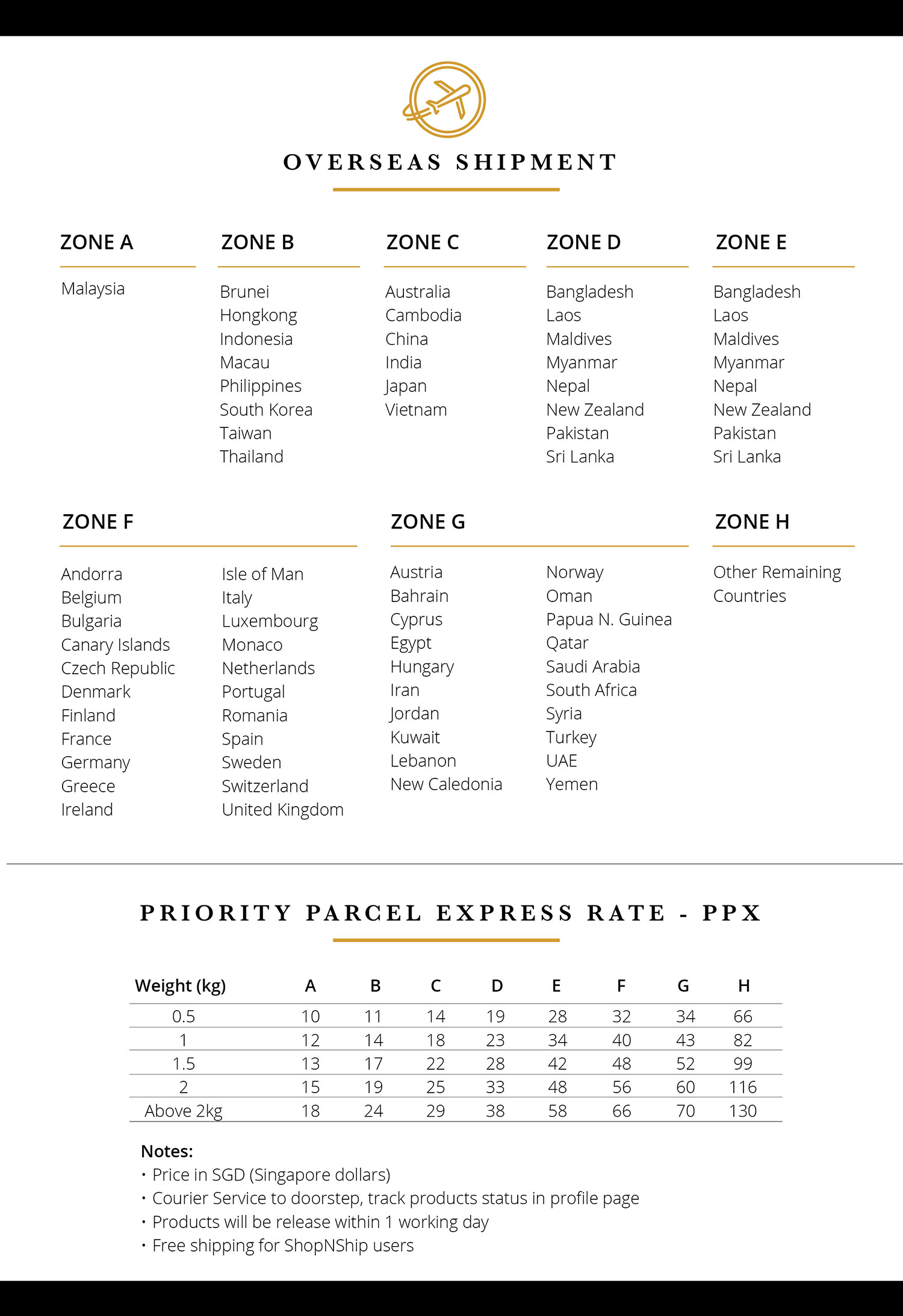Do you know when to throw away your skincare products? Read on to find out.
Of course, we all know when a box of milk is past due, and that if a T-shirt is stained beyond recognition, it's probably better to use it as a cleaning cloth than for style. But it can be hard to know when our favorite skincare products have changed.
Not only do certain products lose their efficacy over time, in the case of some items, such as SPF and anti-aging moisturizers, using expired skincare can cause long-term damage.
That's why it's important to know the age of what's in your beauty collection. Read on to find out what to look for in some of the most popular K-beauty formulations, so you always use the most potent and efficient products on your face.
What is PAO?
The “Period After Opening” symbol usually appears on the back and near the bottom of health and beauty products. It usually looks like a small illustration of a jar and will have an image inside that contains the number and letter M, for example, 6M. This means that in laboratory testing, the brand has determined the product will stay fresh and strong for up to six months after opening. It's a good idea to use these numbers as a guideline for remembering when to throw away your product, but that's only if you can remember when to buy/open it.
Expiration date
Other products, such as sunscreen, often have the expiration date printed on the bottom or near the lid. This date is the period of time until a product can be guaranteed to be effective.
If your product doesn't have an expiration date or PAO, or you can't remember when to open it, there are some important signs you should watch out for to make sure it's still fresh…
Oil based cleanser
Oil is an unforgiving environment for bacteria—much more difficult for them to grow and thrive on an oily base. Therefore, oil cleansers, especially those in the form of a balm or those that require you to open the bottle to access the product, can separate after prolonged exposure to oxygen.
Watch for changes in texture and smell, and discard if you see anything wrong. A pump-based oil cleanser, such as Klairs Gentle Black Deep Cleansing Oil, is your best choice for maintaining freshness, and if used as needed daily, will wear off after two to three months.
Water based cleanser
Bacteria are much happier in aqueous environments, so it's important to apply a water-based cleanser quickly after opening—6-8 months max, but foaming soaps containing acids like glycolic or salicylic acid (such as Benton Deep Green Tea Cleansing Foam) have a shelf life. keep it a little longer, because bacteria and acids don't get along.
Just like its oily ingredients, using a water-based cleanser daily as part of your Double Cleansing routine will ensure you get the freshest product to the last drop.
Vitamin C
Vitamin C is a powerful antioxidant, and serums containing this ingredient can help brighten skin tone, smooth fine lines, and help heal scar tissue. Vitamin C should always be packaged in dark or opaque bottles, and exposure to oxygen should be minimal—always tightly capped.
Pure and powerful vitamin C serum will be clear. When you start to see the serum turn a translucent brown or orange color, it's time to throw it away. This means the ascorbic acid (vitamin C) has oxidized, and no longer has antioxidant power.
That's why we love Skin&Lab Vitamin C Brightening Serum. The brightening formula is made fresh in small quantities and the dark blue bottle helps protect the ascorbic acid from minor damage.
Moisturizer
A general rule of thumb for moisturizers and eye creams is to throw them away a year after opening, but things can get a little more complicated with bottled packaging. Since more oxygen can enter the product and promote bacterial growth, it is recommended to remove it after six months.
Look for a moisturizer in a hygienic pump packaging, such as ElishaCoy Tetraforce Cream, and try storing a small jar like the one with eye cream in the fridge. This will slow down some of the expiration process, and will serve as a refreshing morning puff-removal treatment.
SPF
The general rule with SPF is that one bottle should be used per each season of the year. And even though SPF is one of the few products we put on our bodies that is set to have an expiration date, it's important to remember that if you still have some left on your sunscreen as it approaches its expiration date, it likely isn't protecting enough!
The main thing is:
Remember to keep an eye on any changes to the texture, color or smell of a product, and if a product that's always worked for you is suddenly irritating or doesn't leave your skin feeling as fresh as it used to be, it's time to say so. Goodbye. When you are ready to dispose of the product, empty the entire contents into the trash before cleaning the inside (if possible) with a paper towel, then recycle the packaging. We care about the environment as much as our skin!



